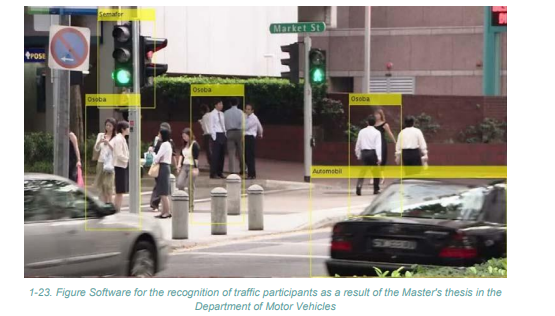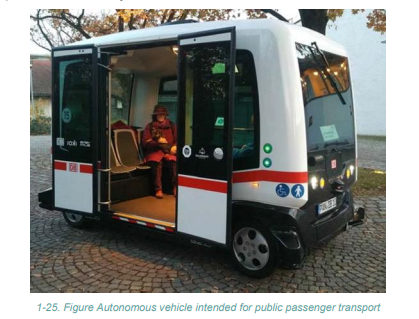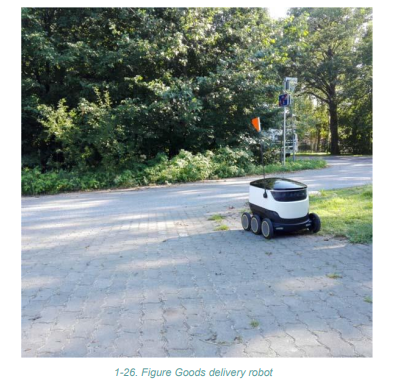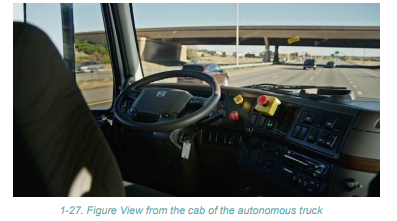Lesson 3: ACCESSIBILITY OF TECHNOLOGY and AUTONOMOUS VEHICLE APPLICATION POSSIBILITIES
In this lesson, we’ll explore the increasing accessibility of autonomous vehicle technology and its wide-ranging applications.
Accessibility of Technology
- The hardware technology that underpins vehicle autonomy has become increasingly affordable.
- Interestingly, many of the most active players in the autonomous vehicle sector are software companies like Google, Uber, and Nvidia.
- The cost of components required for automating lower-scale vehicle models has significantly reduced.
- This accessibility has allowed students worldwide to experiment with creating autonomous vehicles, akin to real-world applications.
- Notably, the Department of Motor Vehicles at the Faculty of Mechanical Engineering, University of Belgrade, enabled its students to assemble autonomous vehicles, yielding results akin to those of top global companies.

Autonomous Vehicle Application Possibilities
- The application of autonomous vehicles has a profound impact on the transportation sector, drawing significant media attention and research investments.
- This innovation has led to the emergence of numerous startups in the field.
- Autonomous vehicles, designed for personal use or shared mobility services (e.g., robo-taxis), transform not only our concept of vehicles but also our behavior, impacting insurance, responsibility, and other related aspects.
- While most vehicle manufacturers aim for complete autonomy, new entrants, including non-traditional automotive players, have joined the race to develop autonomous vehicles.
- Public transport is set to benefit immensely from autonomous vehicles, with levels of autonomy reaching new heights (level 4 or 5) in the near future.
- These vehicles typically operate within controlled, well-mapped environments, such as transporting passengers from train stations to airports or between buildings on large campuses.
- Higher autonomy levels are more attainable due to the simplicity of these environments, slower speeds, and defined routes, with the option to stop in emergencies.
- Autonomous public transport is managed by operators who oversee fleet operations, display passenger information, control ticketing systems, and more. This system can be human-operated or fully automated.

Autonomous Delivery
- The delivery of goods from distribution centers to end-users forms a complex logistics chain.
- The last-mile delivery to end-users accounts for over 50% of total delivery costs.
- Challenges include urban traffic, parking issues, long journeys to remote areas, and repeated delivery attempts.
- Autonomous vehicles, including driverless delivery vehicles and drones, offer a solution to enhance delivery efficiency and reduce costs.
- Autonomous goods delivery robots can pick up goods from distribution centers and autonomously navigate to reach the end-user’s address.

Long-Distance Transport and Efficiency
- The long-distance transport of goods by road is a significant sector in transportation.
- Europe, like the US, faces a growing shortage of truck drivers.
- Autonomous trucks are seen as a potential solution, although driver shortages may still persist.
- Convoying, where two or more trucks travel closely in formation, is a common application of autonomous driving in road freight transport.
- This method reduces fuel consumption, enhances traffic safety, and improves traffic flow.

Conclusion
- Technology that supports vehicle autonomy is becoming more accessible, with software companies playing a prominent role.
- Autonomous vehicles have broad applications, including transforming public transport, optimizing goods delivery, and addressing long-distance transport challenges.
- The future promises to be exciting as technology continues to evolve, offering innovative solutions to transportation challenges.